Early 3D Game Engines
tabtop (2007)
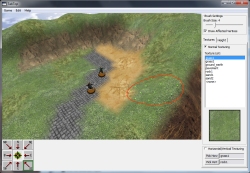
The idea behind the tabtop project was to create an adaption of a strategic table top game along with its round-based rules.
I tried to target the technical requirements of its simple 3D engine at low-end consumer PCs. New Maps were created using the ingame editor which allowed easy terrain heightmap modelling and texturing. Finally, maps could be transferred to other players over the network, even while editing.
Mole 3D engine (2005 ~ 2006)
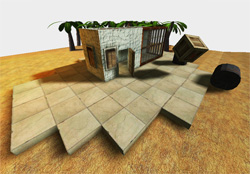
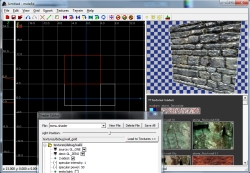
The Mole 3D engine got its name from its predecessor.
Maps were now created with MoleEd, the map editor for Mole 3D. It featured a constructive solid geometry system like that in Q3Radiant (Quake 3), a simple material editor and manipulation / transformation tools.
Lighting information was stored using lightmaps. The generation was done using a separate tool which also precomputed visibility information into binary space partition trees. On the whole the engine and its editor were very Quake-like.
Moles! (2004)
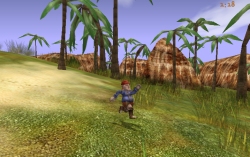
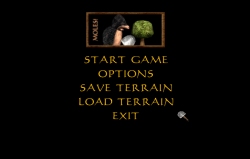
Right after releasing Western Quake 3 Beta 2.0, which was the last version I was involved with as a developer, I made my first steps in 3D graphics with OpenGL.
For my first project I wanted to develop a small game where one would have to run
around as a mole attacking big insects with a shovel. Later on moles were
replaced by pirates and the map became an island.
The project served as a great opportunity to learn and explore the basic principles
of 3D graphics programming.
The main components of the engine included the model format and the terrain system. The model format was similar to Quake 3's MD3 format, while the terrain system was procedurally generated using random paths, which would define the discoverable space.